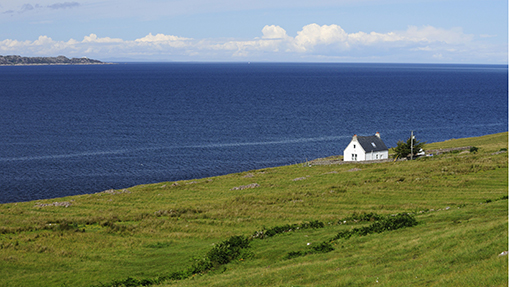Residential conversions come with health warning for farmers

A presumption in favour of converting farm buildings to residential use was written into planning guidance in the National Planning Policy Framework in 2012.
New isolated homes in the countryside should be avoided, it said, except under certain circumstances, including “where the development would reuse redundant or disused buildings and lead to an enhancement to the immediate setting”.
A more recent proposed change to permitted development rights (PDRs) would take this even further. The government is consulting on “greater flexibilities for change of use”, which includes a provision for existing agricultural buildings of up to 150sq m (currently in agricultural use), to change to residential use.
Steve Briggs of Smiths Gore’s Taunton office says: “We have had lots of enquiries from people owning barns and farm buildings who wish to convert them to dwellings to maximise their value, or from those who have converted to holiday lets who now want to make them full residential, with no restrictive conditions.”
There are concerns about conservation areas. PDRs could be applicable in National Parks and AONBs, many of which are characterised by thousands of traditional farm buildings which help attract visitors.
“The new legislation comes into force in April,” says Jennifer Hadland, senior planner at Smiths Gore’s Darlington office. “At the moment, everyone is second-guessing the finer details.”
More property news
The consensus is that this is a largely positive development that will open up opportunities for conversions, particularly in areas where local authorities have been reluctant to grant such use in the past, said Ms Hadland.
“It needs to be treated with a great deal of caution,” says Charlie Evans of Strutt & Parker. “It will be tempting to convert a building to two or three dwellings. But that might knock the value of the farm as a whole. It might be OK for buildings on the edge of farms or estates but it is something that will need to be thought through very carefully.”
Richard Liddiard of Carter Jonas says: “The last thing you want is to jeopardise the material or aesthetic value of the property as a whole.”
“You need to be very careful it does not affect the main enterprise,” says Alex Rew of Stags in Devon. “You could reduce value by more than you have gained through the conversion.”
Planning policies already permit conversion to a wide range of alternative commercial use such as workshops, storage, office use and even builders’ yards, but very few applications are made. Finding a continuing use is difficult. The residential option could have positive or negative outcomes.
